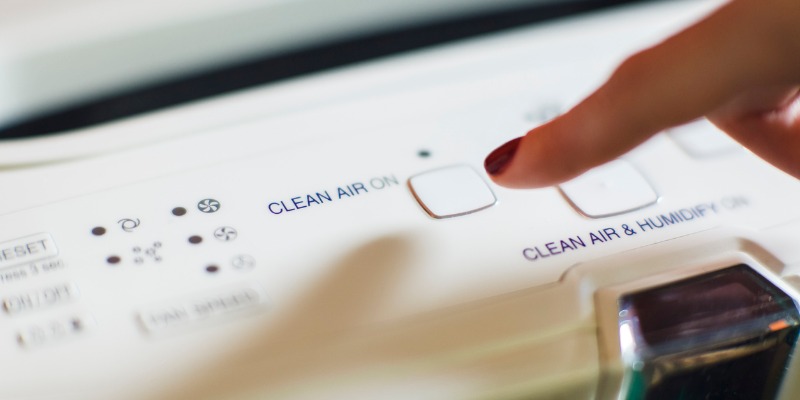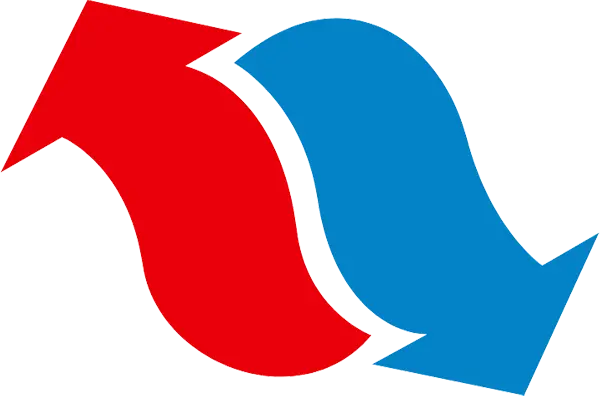
Homes are built more airtight than in the past. To counterbalance this, we need to have air exchange systems in our homes. EVR and HRV are the two main systems commonly used in homes today.
HRV stands for Heat Recovery Ventilation. This style of system takes the heat that is in stale air and uses it to preheat incoming fresh air. The HRV system reduces the amount of energy that is required to bring outside air up to a comfortable indoor temperature.
ERV stands for Energy Recovery Ventilation. This type of system is very much like an HRV system except that it also catches some of the humidity in the air to keep it similar to the same side of the thermal envelope from which it came from.
Both systems actually have quite a bit in common and offer balanced ventilation with a few key differences. Both systems transfer heat but the ERV system transfers heat as well as moisture.
In summer, HRV systems precools the fresh air coming into your home. This is different from the ERV unit’s method of precooling the fresh air supply and transferring the moisture out of the dry fresh air into the exhaust air, which makes the fresh air supply in your home less humid.
During the winter, HRV systems retain the heat energy from the exhaust and uses it to preheat the fresh air that comes into your home, which actually saves you energy. An ERV unit takes fresh air and preheats it with energy from the exhaust air. It then transfers moisture from the exhaust air to the dry fresh air, making it more humid.
Both systems generally cost the same but can differ based on the needs of your home. Brand, model type, ventilation performance and parts and core warranty length all attribute the type and price of unit that you’ll need in your home.
If you want to learn more about the benefits of EVR or HRV for your home, or have any other HVAC questions, contact the heating and cooling experts at Appleby Systems.
